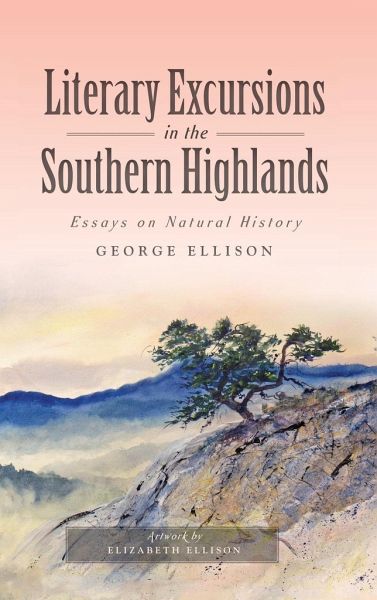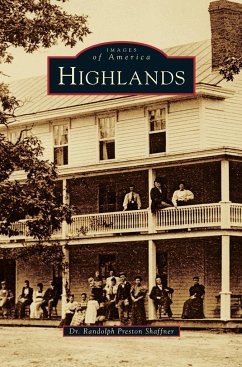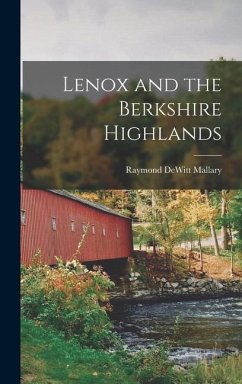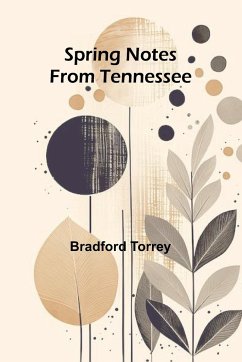
Literary Excursions in the Southern Highlands
Essays on Natural History

PAYBACK Punkte
20 °P sammeln!
Extending from Roanoke to Mount Oglethorpe and bounded by the Appalachian Mountains, the Southern Highlands is one of the most diverse natural areas in North America. From beautiful flora like the Fraser magnolia to rare ecosystems such as the mountain cedar glades, the area has been an inspiration for writers and naturalists since it was first explored by William Bartram in 1775. Investigate the biology of the cloudless sulphur butterfly, whose erratic flight is used to confuse its prey. Discover the botany of the white ash tree, said to produce the most satisfying crack of a baseball bat. Es...
Extending from Roanoke to Mount Oglethorpe and bounded by the Appalachian Mountains, the Southern Highlands is one of the most diverse natural areas in North America. From beautiful flora like the Fraser magnolia to rare ecosystems such as the mountain cedar glades, the area has been an inspiration for writers and naturalists since it was first explored by William Bartram in 1775. Investigate the biology of the cloudless sulphur butterfly, whose erratic flight is used to confuse its prey. Discover the botany of the white ash tree, said to produce the most satisfying crack of a baseball bat. Essayist, poet and naturalist George Ellison explores the abundant wonders of the Southern Highlands in a series of humorous, scientific and literary essays vividly illustrated by artist Elizabeth Ellison.













